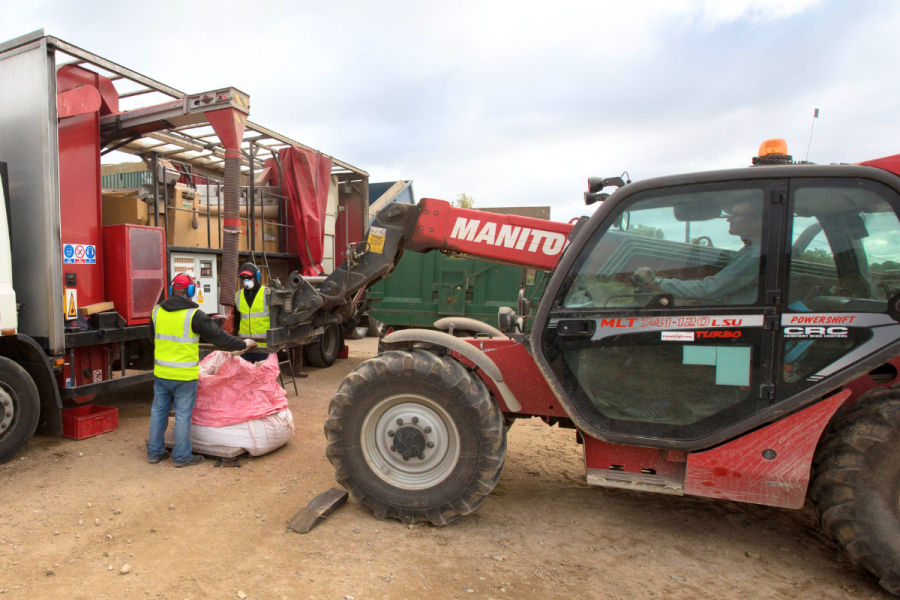Fears supply of in-demand varieties will be tight this coming season means experts are sharing advice to maximise farm-saved seed at harvest.
The British Society of Plant Breeders (BSPB) saw little difference in the overall certified seed market for spring crops due to difficult drilling conditions, says the society’s Stephanie Spiers. However, she advises that if growers want certified seed for the autumn, they should let their supplier know as soon as possible.
“For farmers intending to use farm-saved seed, some fabulous processors are out there. They can quickly turn out the quality farmers require and will collect the royalty at the point of processing,” she adds.
Optimising output
Whether they can’t secure the seed they desire or planned for farm-saved seed from the start, there are steps farmers can take to manage the cropping area that’ll be used to produce their seed to the highest standard possible, says UPL’s Tom Wheelhouse.
Selecting the best part of a field for seed production allows for bespoke crop management of farm-saved seed, he says, which should be a promising crop in a traditionally high-yielding part of a field.
Tom adds that ideally, the crop should be clean of weeds and not follow a crop in the rotation that could increase disease threats, such as maize. “Preferably, the crop was sown using certified seed, providing confidence in its purity from the start.
“These areas should be regularly inspected – where diseases such as bunt, ergot, leaf stripe and loose smut are present, don’t use it for seed production. Additionally, effective weed control ensures a clean seed sample is produced and weeds aren’t spread to other fields. Rogueing of blackgrass, brome, wild oats, off-types, and visibly infected tillers will help to ensure the seed sample is clean,” he explains.
Machinery hygiene
Similarly, before harvesting crops destined for farm-saved seed, Tom says the combine must be cleaned to remove weed seeds or other crops and varieties. “Harvest in optimum conditions – aim for when the seed is at 15% moisture to avoid grain drying which in turn can reduce seed germination.
“If drying is required, ensure the temperature isn’t too high and moisture doesn’t drop below 15%. Farm-saved seed should also be stored separately from any other grain,” he stresses.
Every sample of farm-saved seed should be tested after harvest to assess the quality of the samples, continues Tom, which shows the percentage germination and detects seed-borne diseases.
Seed treatments
“Fungicide single purpose dressings (SPDs) should be used where testing has established a presence of disease on the seed or if the seed is untested. Seed treatments like Rancona i-Mix (ipconazole+ imazalil) are essential to ensure a rapid and uniform crop establishment, which is critical in a season like this year. They have a low cost per hectare and control seed-borne diseases that can’t be controlled with foliar fungicides,” he explains.
Furthermore, he says biostimulant seed treatments and nutrition like manganese also help to improve establishment and early crop growth.
Where growers are unsure what royalty rates are due for farm-saved seed, Stephanie advises that the complete list is available on the BSPB website, or farmers can contact their farm support team.
And importantly, genetics are essential to overcoming the agronomic challenges farmers face so breeders have to see a return to develop new varieties, she adds. “Royalties are investment for seed innovation,” concludes Stephanie.




